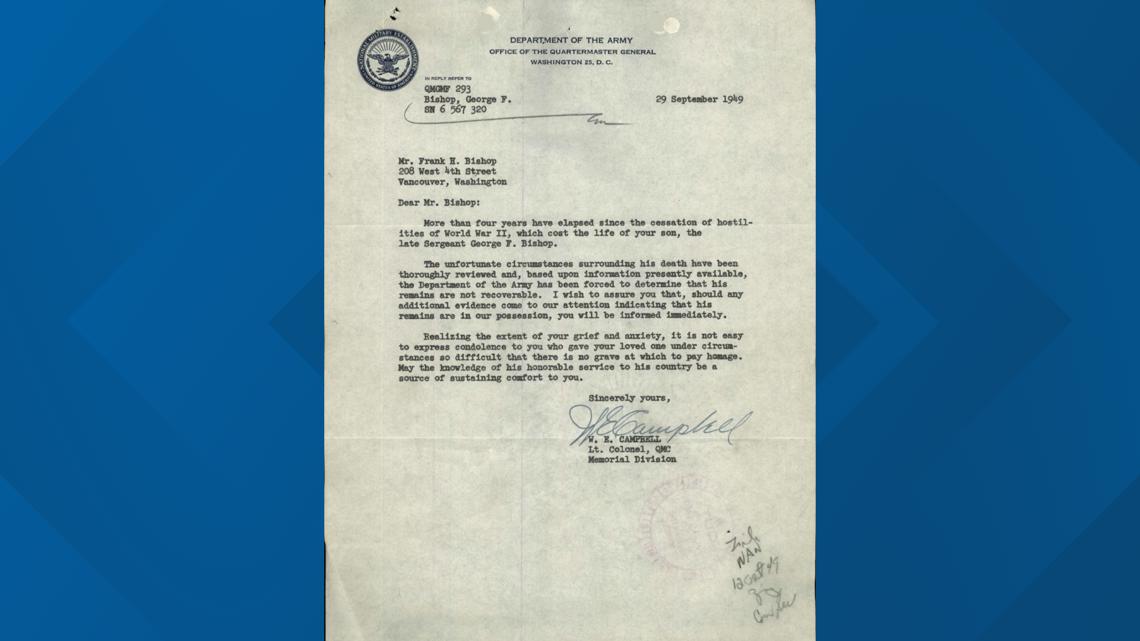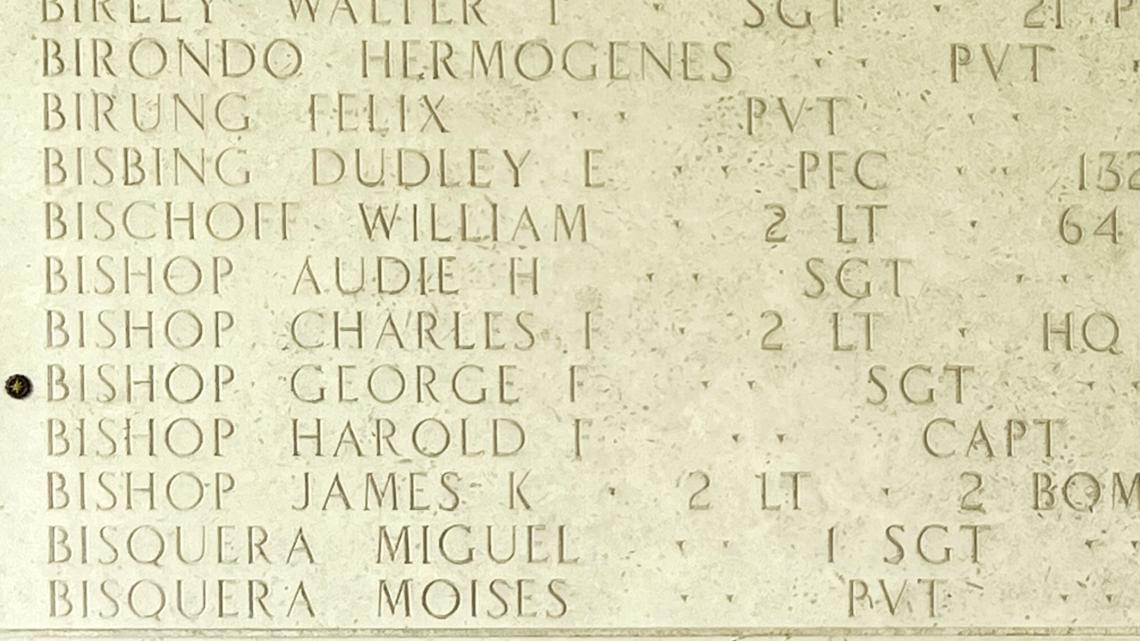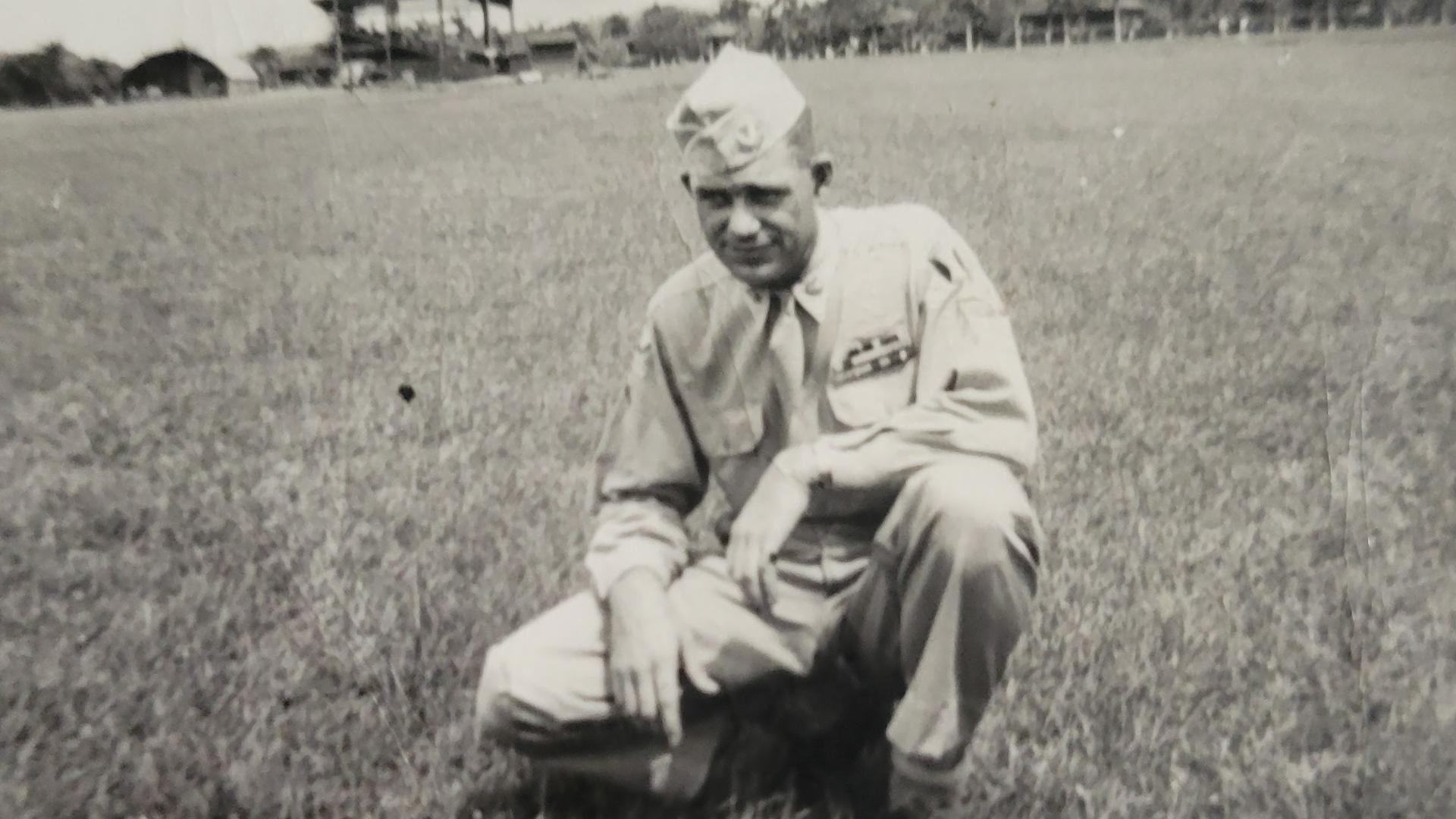CENTRALIA, Wash. — After more than 80 years, a World War II soldier's remains are finally coming home to Washington.
Sgt. George Bishop enlisted in the army in 1939 and was stationed in the Philippines in 1941. The day after, Japanese troops attacked Pearl Harbor on December 7, 1941. Bishop's base was attacked the very next day.
For three months, American and Filipino troops fought back before ultimately surrendering. Thousands of soldiers, including Bishop, became prisoners of war (POWs).
"He survived the battle and was marched in the Bataan Death March," said Les Yocom, Bishop's nephew.
The Bataan Death March was a grueling and deadly 65-mile march through the Philippines to POW camps. Thousands of soldiers would die along the way due to the harsh conditions of the terrain and by the hands of the Japanese troops.
"The fact that he took part in that kind of stuff, it just blows me away, " said Stan Yocom, fighting back tears.
Stan Yocom is Les Yocom's older brother and he's also one of Bishop's nephews.
Bishop survived the march and was kept at the Cabanatuan Prison Camp. He was there a couple of months before he died at only 22 years old in July 1942. The army lists his cause of death as dysentery and diphtheria.
His body was buried among many others in a mass grave at the camp, what became known as Common Grave 215.
When the war ended, the bodies in the mass grave were exhumed and moved to a mortuary and cemetery in Manila to be either be identified and sent home or buried there.
For several years, Bishop's remains would be among the many without a name, only known in paperwork as X-2875. The army tried to identify remains they believed to be Bishop's, even sending requests to his parents for any dental work done during his childhood. In 1949, a recommendation was made to identify X-2875 as George Bishop, but that was denied, citing fragmentary forensic evidence and inconclusive dental records.
That same year, the army wrote to his parents letting them know, "The department of the Army has been forced to determine that his remains are not recoverable"


For years to come, his name would be among those inscribed on the Wall of the Missing at the Manila American Cemetery, maintained by the American Battle Monuments Commission.
Everything would change more than 80 years after his death when Stan Yocom got an e-mail from an Army liaison that said, "Hey we found your uncle. Good news."
On June 30, 2023 the Defense POW/MIA Accounting Agency (DPAA) had identified the remains of Sergeant George F. Bishop using DNA from Stan Yocom and other family members.
X-2875 finally had a name.
"It blew me away. It just touched my heart, let me put it that way. I didn't have a real feeling of what I should feel," Stan Yocom said about learning the news. "That was the big thing, that he'd been identified. That he was real."
On the Wall of the Missing in the Manila cemetery, workers placed a rosette next to Bishop's name. It was put there to symbolize that his remains have been identified and sent back home.


After more than eight decades, he will finally come home and be buried in a grave of his own next to his family.
A service for Bishop will be at the Claquato Cemetery in Chehalis, Washington on Thursday, May 23 at 1 p.m. He will receive full military honors before he is laid to rest.

